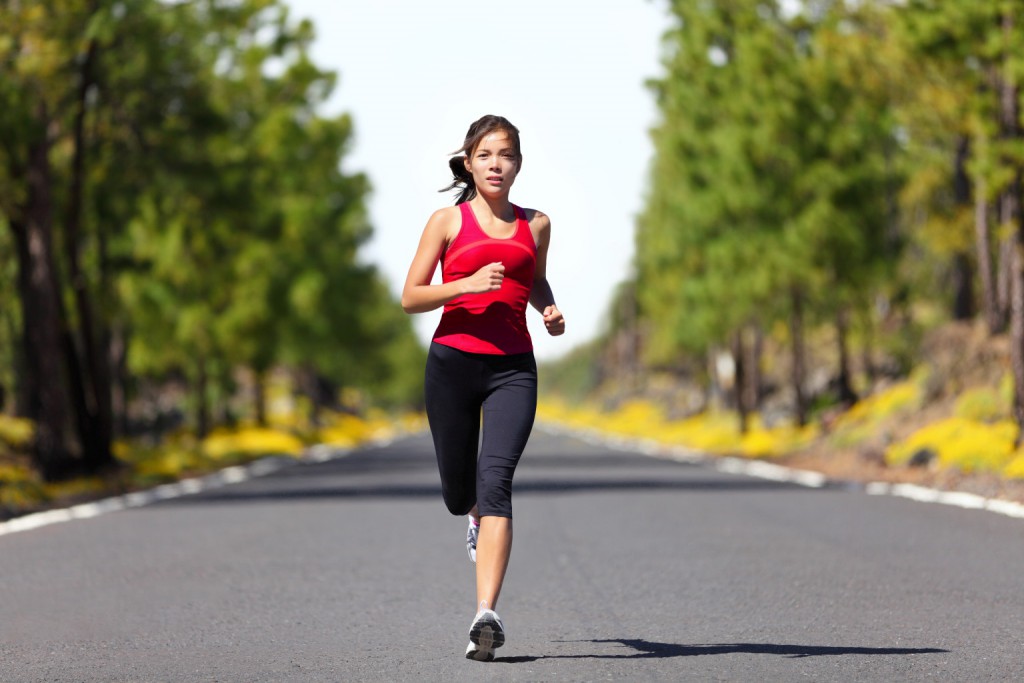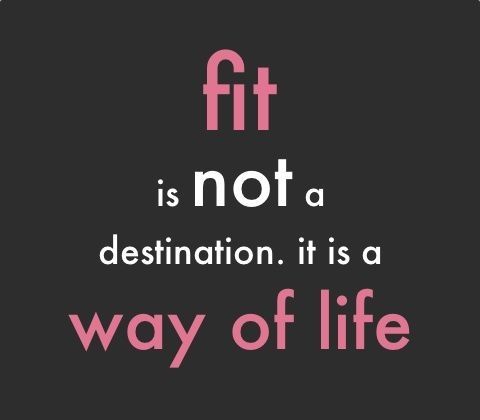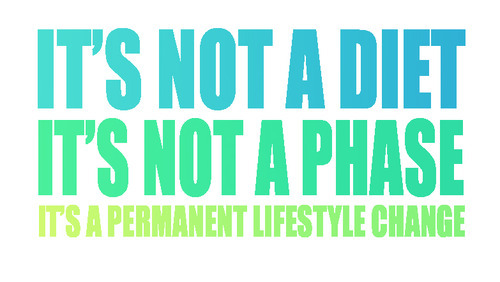
Trekking in the Sahyadri ranges during the monsoon season offers a mesmerizing experience with lush green landscapes, cascading waterfalls, and the fresh aroma of wet earth. The monsoons transform the Sahyadri into a verdant paradise, attracting numerous trekkers and nature lovers.
So, what makes trekking so enjoyable and rejuvenating? Is it so difficult that only a select few can do it? These questions are best answered by experiencing a trek first hand. For those still trying to decide whether to venture into trekking, let me give you a sneak preview.
While trekking, you may find yourself stuck or simply in awe of the untouched beauty around you. This beauty, often missed while traveling by car, embeds itself permanently in your memory. Trekking involves confronting new situations throughout the day, making each little thing a cherished memory for life. Human togetherness becomes simple in the face of this challenging lifestyle for otherwise confused and unprepared minds.
Trekking during the monsoon season comes with its own set of challenges and requires careful planning and preparation. The trails can be slippery due to rain and mud, increasing the risk of slips and falls. Streams and rivers can swell suddenly, making crossings risky. Visibility can also be reduced during heavy rains, which may lead to disorientation.

Essential Skills and Preparation
Contrary to popular belief, trekking is not tough. If you know how to walk, you can trek. However, this doesn’t mean venturing into unknown territories alone. Walking along a trail with a backpack doesn’t require exceptional skills but does require physical fitness, planning, the right clothes, shoes, and above all, common sense.
A first-time trekker should start with easy, effortless trails of about an hour and gradually work up to longer, more difficult treks. The difficulty of any trek depends on the terrain’s hilliness and altitude. Most walking trips tailored for moderately active people cover gentle terrain at low altitudes, with optional shorter routes and breaks along the trails. This applies to treks in Maharashtra or in South India.
Respecting Nature and Safety
Respecting nature and the environment is crucial while trekking. Living in harmony with nature during a trek rewards you with an enriching feeling of rejuvenation.
Here are some tips for safe trekking in the Sahyadris’ during the monsoons:
Proper Gear: Equip yourself with good quality, non-slip trekking shoes, a waterproof jacket, and quick-dry clothing. A sturdy walking stick can also provide additional support on slippery trails. Choose a well-fitted backpack with multiple pockets, padded shoulder straps, and large zipper closures. The base should sit on your hips, and the top should be at least one hand-width below the base of your neck.
Essentials in Your Day Pack: At least 2 litres water, Swiss Army knife, Map if you have one, compass, a rain jacket or a poncho is a must.
Stay Informed: Check the weather forecast before setting out and be prepared for quick weather changes. Avoid trekking during a heavy downpour or when thunderstorms are predicted.
Experienced Company: It’s safer to trek with experienced and certified guides who know the area well and can navigate safely through challenging terrain. Avoid going with information posted by groups on social Media.
First Aid Skills: A basic first aid course is beneficial. At the very least, know how to bandage a wound and detect signs of dehydration and heatstroke. However, in the absence of not knowing first aid, ensure your guide is first aid trained.
Emergency Preparedness: Carry a basic first aid kit, a whistle for emergency signals, and keep your mobile phone fully charged for emergencies. Inform someone about your trekking plans and expected return time.
Environmental Awareness: Be mindful of the flora and fauna. The monsoon is a crucial breeding season for many species, and it’s important to tread carefully and respect wildlife habitats.
Trekking in the Sahyadri during the monsoons can be a thrilling and rejuvenating experience if done with caution and respect for nature. With the right preparations and safety measures, you can enjoy the breath taking beauty of the rain-soaked Sahyadri safely.
Happy Trekking!
#BeTheForce







